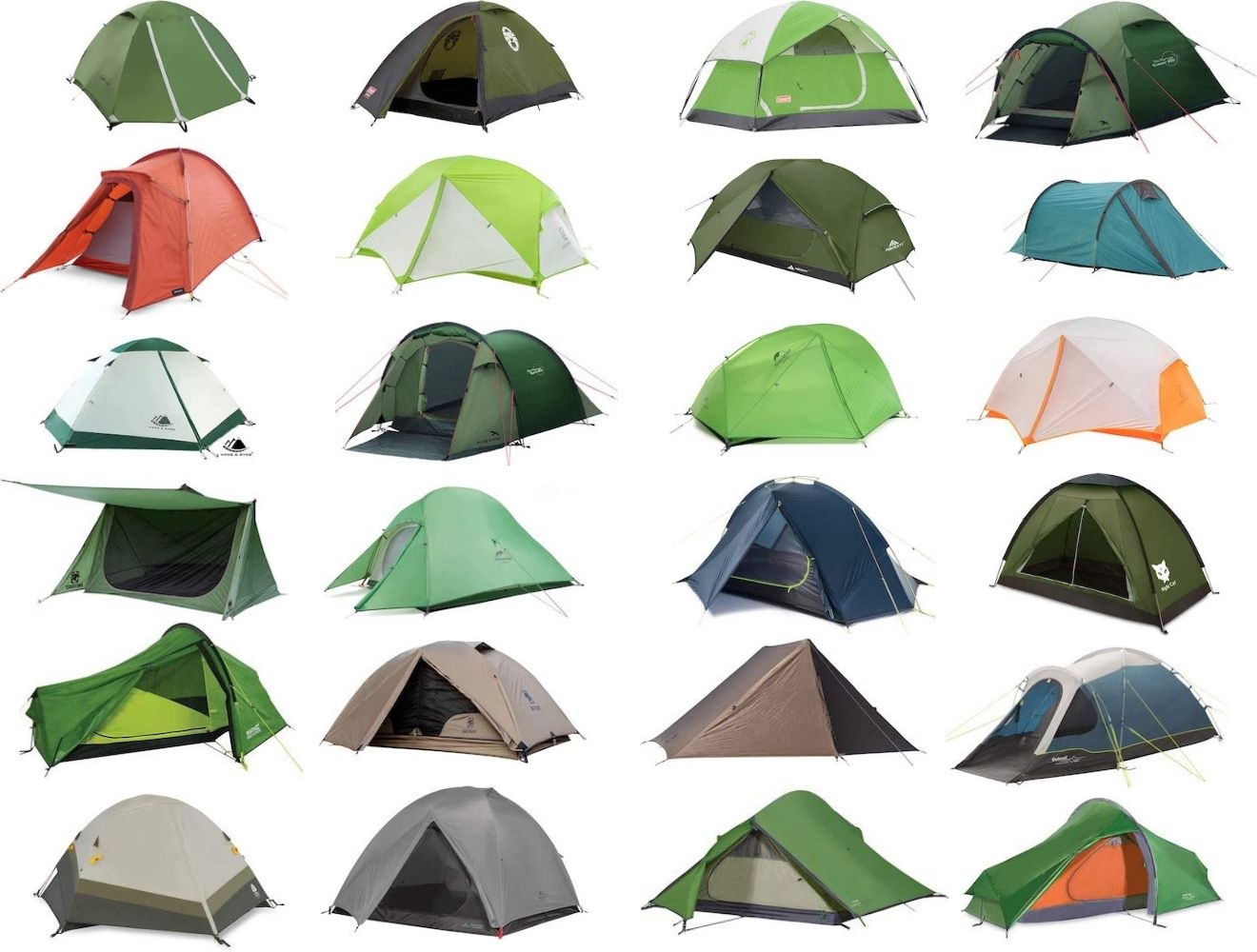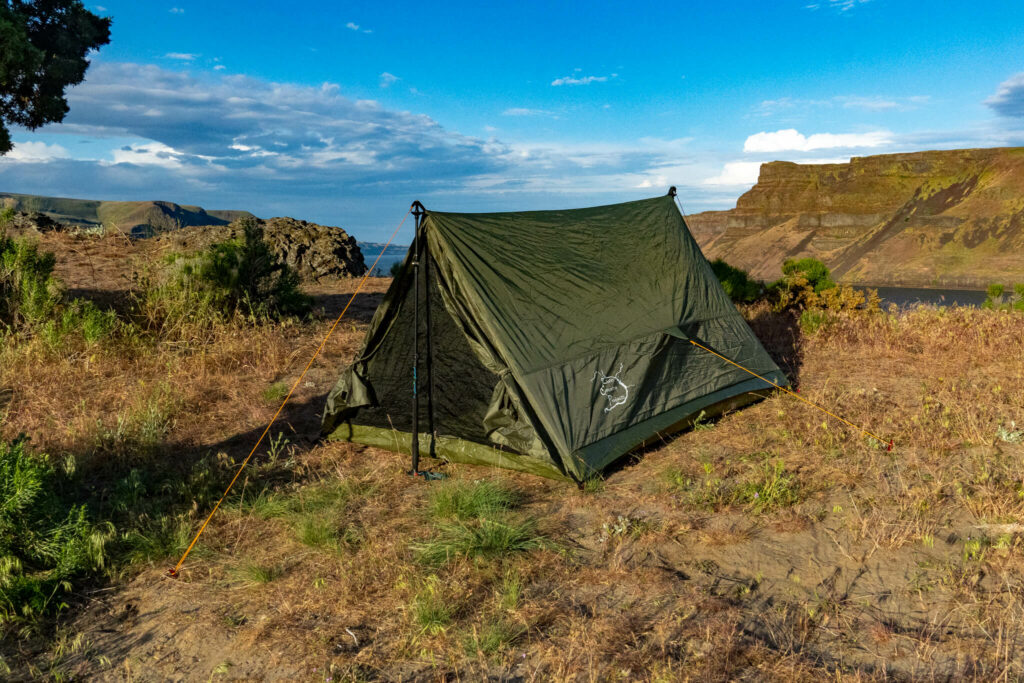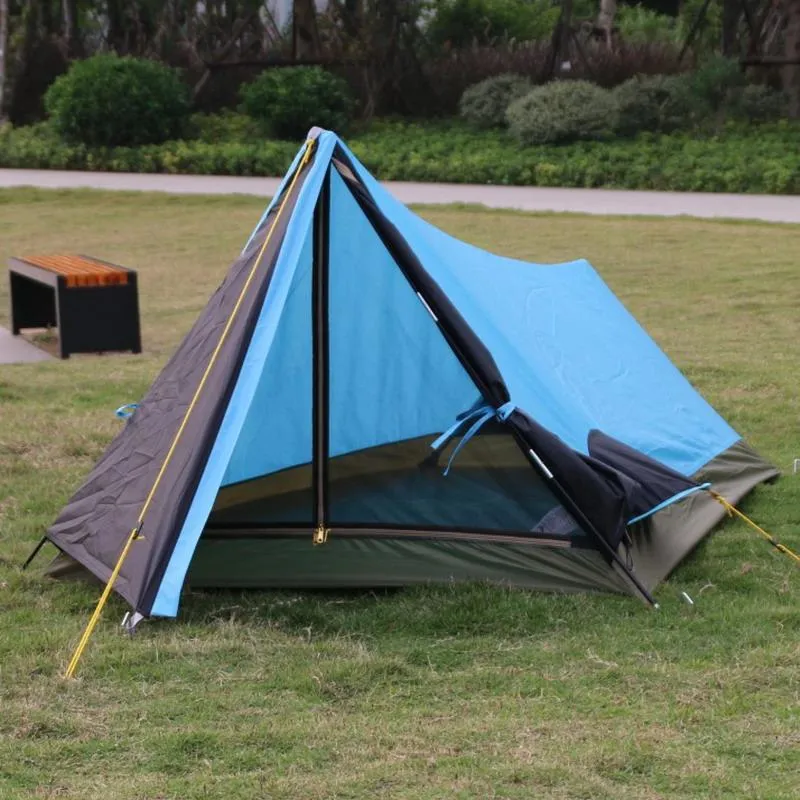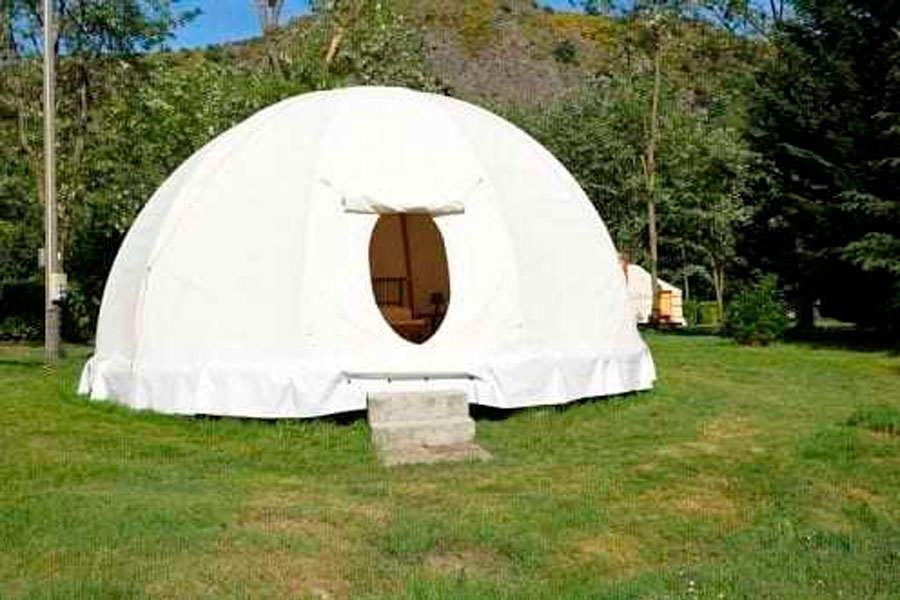
Introduction:
When it comes to camping, having the right tent is crucial for a comfortable and enjoyable outdoor experience. But with so many options available, finding the perfect tent can be overwhelming. This comprehensive guide aims to simplify the process by exploring the various types of tents suitable for different camping needs and environments. From backpacking tents to family-sized shelters, we will delve into the features, advantages, and considerations of each tent type, helping you make an informed decision for your next outdoor adventure.
Part 1: Dome Tents
Level 1: Design and Features
Dome tents are popular and versatile options for camping. They feature a semi-circular shape supported by multiple flexible poles that cross each other, creating a dome-like structure. The unique design offers excellent stability and usable internal space.
Level 2: Advantages and Considerations
Dome tents are relatively easy to set up and dismantle, making them ideal for beginners or those seeking convenience. Their sturdy construction ensures stability against wind and rain, and their self-supporting structure allows for more headroom. However, dome tents may have less usable floor space compared to other designs, and the curved walls might limit vertical space in some areas.
Part 2: Tunnel Tents
Level 1: Design and Features
Tunnel tents are elongated and typically have a series of arched poles that create a tunnel-like shape. They are preferred by backpackers and hikers due to their lightweight design, easy installation, and spacious interiors.
Level 2: Advantages and Considerations
The elongated shape of tunnel tents maximizes internal space, providing ample room for sleeping and storing gear. They are lightweight and easily packable, making them ideal for backpacking trips. However, tunnel tents may require additional guy ropes or stakes for stability in high winds. The parallel walls can also limit headroom towards the sides, which may be a consideration for taller individuals.
Part 3: Cabin Tents
Level 1: Design and Features
Cabin tents are known for their vertical walls and near-vertical ceilings, resembling a small cabin. They often have a single or multiple room design, providing separate sleeping and living spaces. Cabin tents are popular among families or groups looking for ample space and comfort.
Level 2: Advantages and Considerations
Cabin tents excel in providing generous headroom and floor space, making them ideal for extended camping trips or situations where comfort is a priority. The vertical walls offer better interior organization options and the ability to stand upright. However, cabin tents may be heavier and bulkier than other tent types, making them less suitable for backpackers or those with limited transportation space.
Part 4: Pop-up Tents
Level 1: Design and Features
Pop-up tents, also known as instant tents, are designed for quick and effortless setup. They typically feature a pre-attached frame that instantly expands into a fully-formed tent when released.
Level 2: Advantages and Considerations
Pop-up tents are the epitome of convenience, offering instant shelter and saving valuable time during setup. They are great for festival goers or casual campers who value ease of use. However, pop-up tents tend to sacrifice strength and durability for speed, and they may not provide the same level of stability or weather resistance as traditional tents.
Part 5: Four-Season Tents
Level 1: Design and Features
Four-season tents, also known as mountaineering or winter tents, are specifically designed to withstand harsh weather conditions and extreme temperatures. They feature robust construction, reinforced poles, and durable weather-resistant materials.
Level 2: Advantages and Considerations
Four-season tents excel in providing superior protection against heavy rain, snow, and strong winds. They feature sturdier frames, multiple guy lines, and enhanced insulation. However, their robust design can make them heavier and more difficult to set up compared to other tent types. They are best suited for camping in alpine regions or during winter expeditions.
Part 6: Hammock Tents
Level 1: Design and Features
Hammock tents, also known as tree tents, provide a unique alternative to traditional ground-based shelters. They consist of a suspended hammock-like structure combined with a detachable rainfly or tarp, offering a lightweight and compact camping solution that utilizes trees or other supports for setup.
Level 2: Advantages and Considerations
Hammock tents offer the advantage of sleeping off the ground, providing increased comfort and protection from water, insects, and uneven terrain. They are well-suited for outdoor enthusiasts who value minimalism, mobility, and the ability to set up camp in unconventional locations. However, hammock tents require suitable trees or support points for installation, and they may not be as convenient in areas with limited natural anchors.
Part 7: Geodesic Tents
Level 1: Design and Features
Geodesic tents boast a complex, interconnected pole structure that creates a network of intersecting, angular poles. This design offers exceptional stability and strength, making them well-suited for harsh weather conditions and challenging environments.
Level 2: Advantages and Considerations
Geodesic tents are popular choices for expeditions and high-altitude camping, providing outstanding wind and snow load resistance. Their reinforced structure and durability make them suitable for long-term or extreme outdoor use. However, these tents may be heavier and bulkier than other options, limiting their practicality for casual camping or backpacking trips.
Conclusion:
Choosing the right tent is essential for a successful camping experience. By understanding the different types of tents available and their respective features, advantages, and considerations, you can find the perfect shelter for your specific needs. Whether it’s a backpacking adventure, a family camping trip, or a winter expedition, there is a tent out there that will make your outdoor experience comfortable, protected, and memorable. So, take the time to explore the world of tents and find the one that suits your camping style and adventure preferences.
The diverse array of tent types available offers a broad range of options to cater to the unique needs and preferences of campers. Whether you prioritize lightweight portability, spacious comfort, or rugged durability, there is a tent design suited to enhance your outdoor experiences. By understanding the distinctive features, advantages, and considerations of each tent type, you can make an informed decision that aligns with your camping style, destination, and planned activities. With the right tent as your outdoor refuge, you can embark on your next adventure with confidence, knowing that you have a reliable and comfortable shelter to complement your exploration of the great outdoors.




